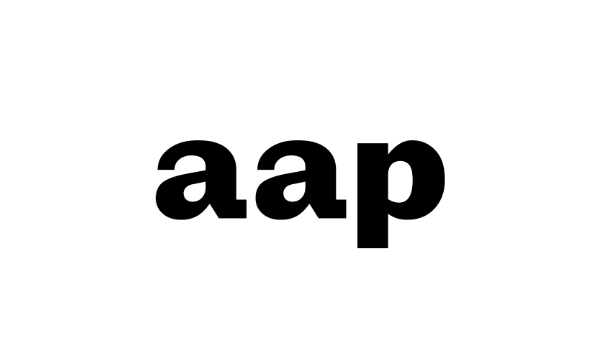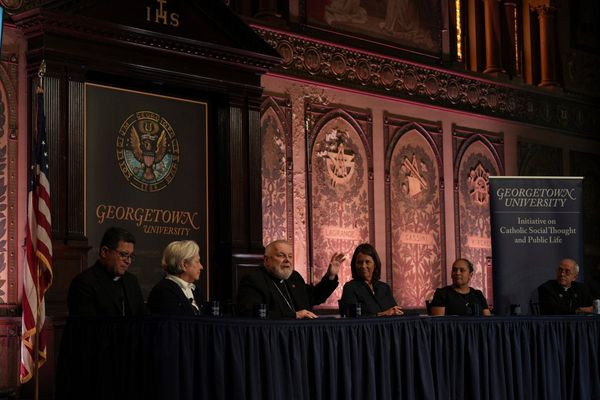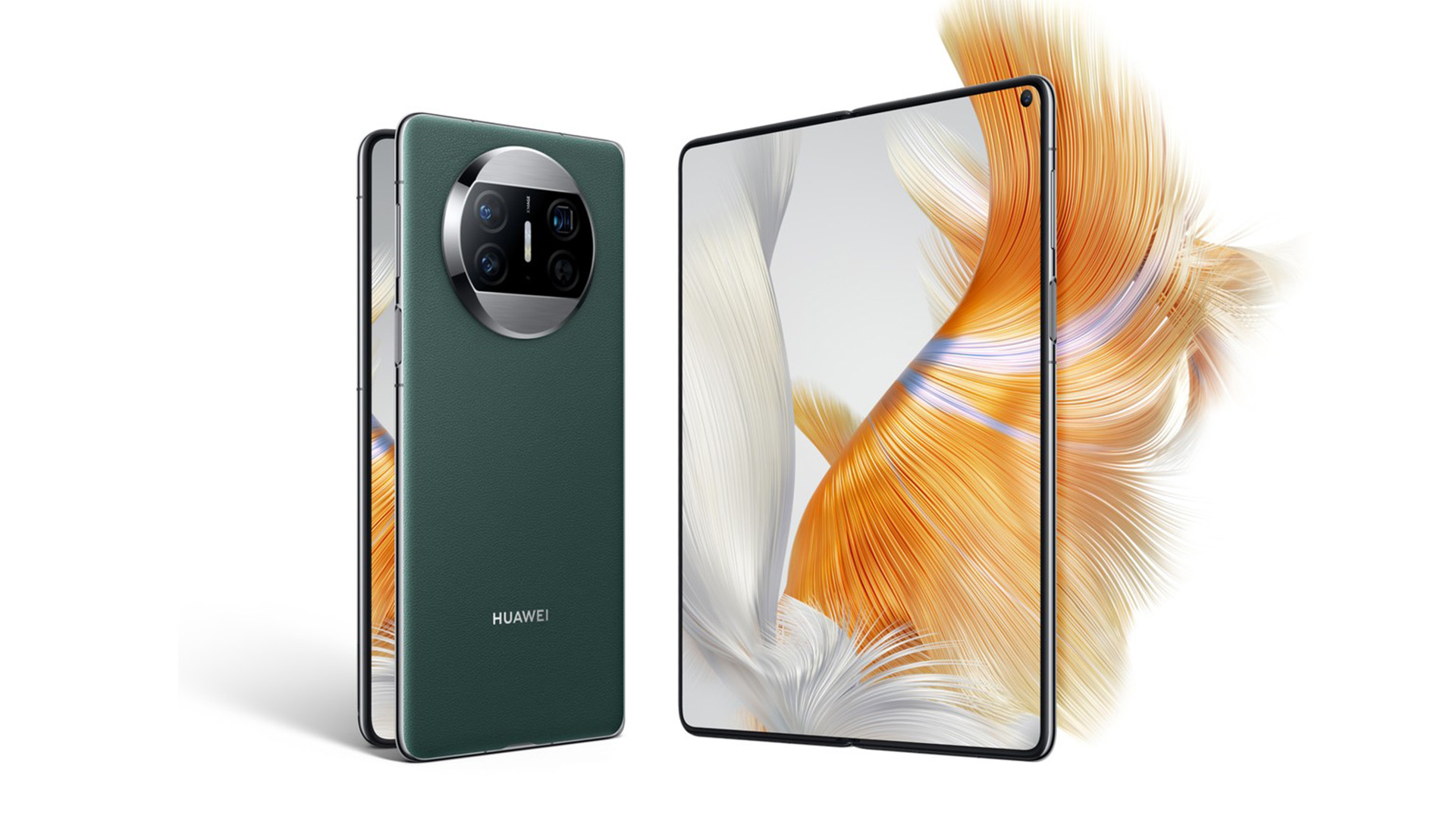
Huawei has been making waves in the foldable market for years, and the reveal of the new Mate X3 – alongside the conventional candybar P60 series – has certainly set tongues wagging, with packed spec sheets for both.
While the Huawei P60 and its Pro and Art variants look to offer a more traditional smartphone experience, the Mate X3, meanwhile, feels like it could be the next exciting leap for folding phones. That's thanks to a considerable drop in weight from devices like the Galaxy Z Fold 4, and the fact it offers an impressive spec sheet that's worth a look for all tech enthusiasts.
While they're currently restricted to China, there's every chance that the initial hubbub about the Mate X3 will see it move to other regions. With that in mind, we've sourced all the information currently known about the Huawei Mate X3; including a release window, its impressive weight, screen refresh rate, and much more.
Cut to the chase
- What is it? Huawei's next folding phone
- When is it out? Announced March 23, on sale April 13 (China). Announced May 9 (Europe)
- How much does it cost? From CNY¥12,999 (approximately $2,000 / £1,620 / AU$2,990)
Huawei Mate X3: release date and price
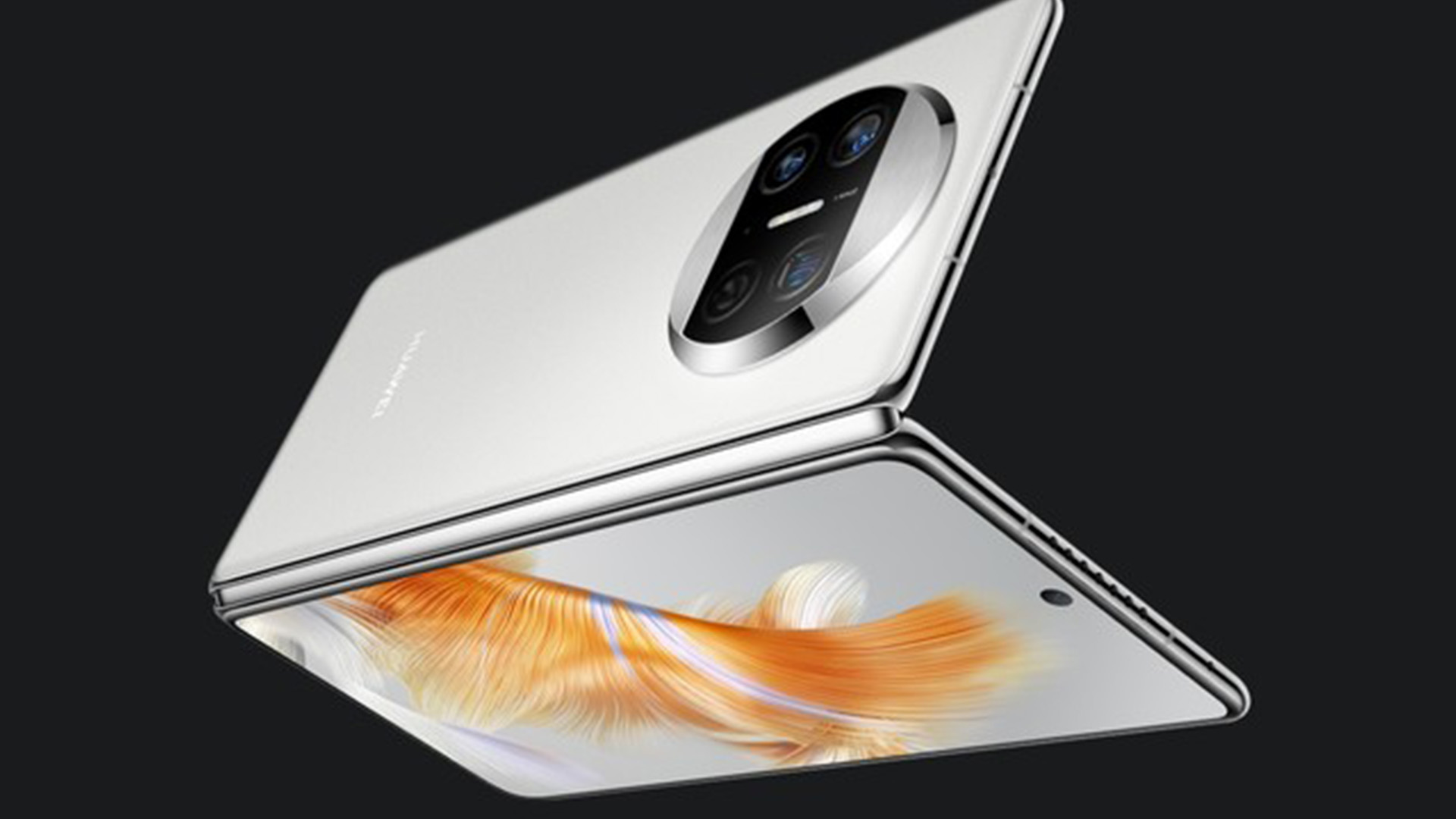
The Huawei Mate X3 was revealed on March 23 for the Chinese market, while the company's own VMall web store points to a ship date of April 13.
As for pricing in the region, the handset is available from CNY¥12,999 (approximately $2,000 / £1,620 / AU$2,990) for the 256GB version.
If you thought that was a lot, then beware – the 512GB version will set you back CNY¥13,999 ($2,050 / £1,660 / AU$3,065), and 1TB of storage is CNY¥15,999 ($2,340 / £1,895 / AU$3,500).
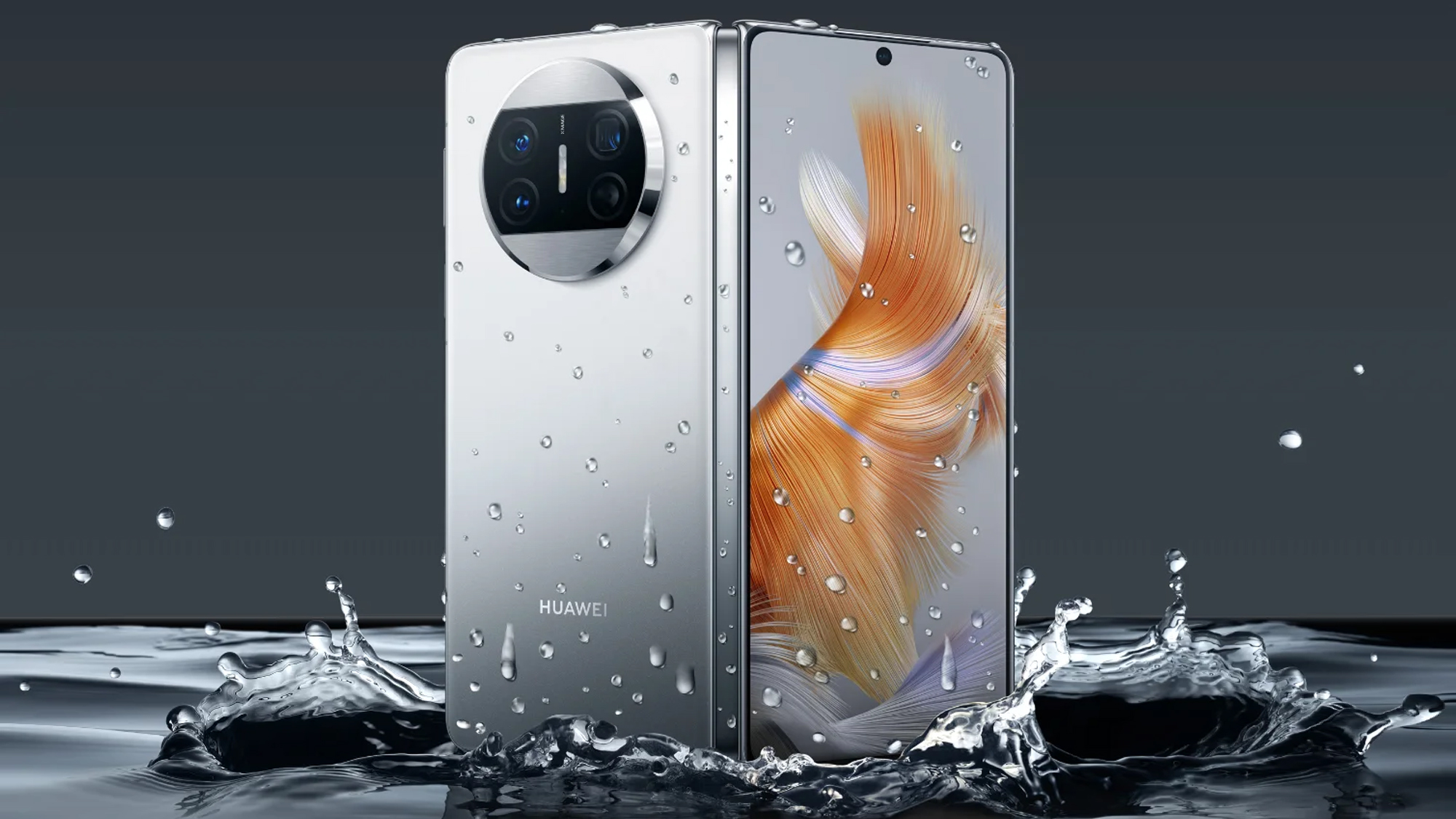
As you'd expect, these direct currency conversions are unlikely to line up entirely with the actual retail pricing, but thankfully we won't have to wait too long to find out what the real international figures will be. While the Mate X3 will be in users' hands by April 13 in China, the company has also confirmed when to expect the foldable's global launch to take place.
Huawei told TechRadar, "overseas versions will be announced on 9th May in Munich, Germany", presumably referring to the P60's trio of devices and the Mate X3.
Prior Huawei devices have taken a little under half a year to emerge in other territories beyond the company's homeland, but naturally that doesn't mean they arrive anywhere. The ongoing sanctions from the US mean interested parties Stateside will have to import them, while Australia tends to be skipped on the release location list, too.
Naturally, we'll update this page as and when we find out where the Huawei Mate X3 will be arriving, when, and at what cost.
Huawei Mate X3: design and display
Since the Huawei Mate X3 is a folding phone, it offers not just one, but two displays -- and both are impressive in their own right.
Each OLED panel offers a 120Hz refresh rate, with a 6.4-inch cover screen with a 2504x1080 resolution (and a 20.9:9 aspect ratio). Pop the phone open, and you're greeted with a 7.85-inch display with a 2496x2224 resolution and a 'so-close-to-square' aspect ratio of 8:7.1.
The "cover" display sports reinforced Kunlun Glass to help protect against breaks and scratches, too – returning from the Mate 50 Pro (and also found on the P60 lineup).
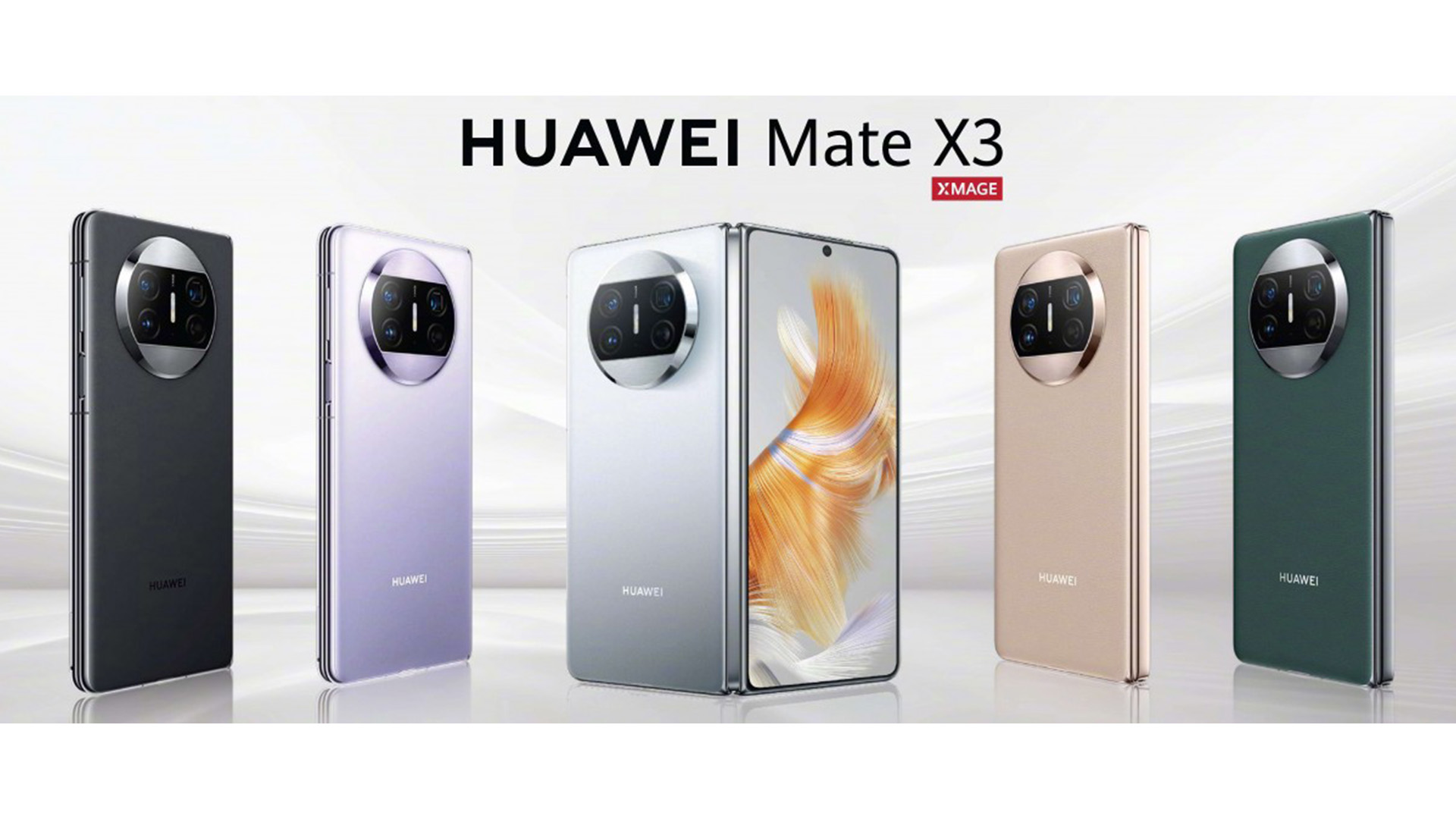
Huawei is dubbing these displays as 'X-True' – the brand's not-entirely-catchy moniker for tough glass with impact resistance, as well as certified color accuracy and color projection. All-in-all, it's a nice way of saying that you're getting an accurate but tough set of screens, and we're all for it.
The company promises that the outer display's Kunlun Glass protection makes it up to ten times more drop resistant than the equivalent cover screen on the previous Mate X2, while the main folding display is now four times more impact resistant than before.
As for the rest of the design, the Huawei Mate X3 is now water-resistant – with the IPX8 certification that means the Galaxy Z Fold 4 finally has a noteworthy competitor in this department. That continuing theme of durability persists through to the phone's hinge too. It's intended to be more flexible, and allow for a flatter open display, but it also lets the phone be propped open laptop-style, for video calls and selfies.
There are five colorways to choose from, with basic black, white and gold options, as well as fetching violet or dark green finishes. The black, gold and dark green options come rendered in vegan leather, while the other variants of the X3 sport a glass back.
Huawei Mate X3: camera and battery
We've already mentioned that hinge that makes it easier to take photos on a flat surface or enjoy video calls, but that's still reliant on impressive cameras. From the spec sheet, it certainly looks like the Huawei Mate X3 is ready to hold its own in that regard.
There are 8MP selfie cameras on each of its displays, meaning you'll be able to easily chat with loved ones whether it's open or closed.
Naturally, the back snapper is impressively powerful, with a 50MP f/1.8 main camera, offering plenty to work with. There's also a 13MP ultrawide with an f/2.2 aperture and a 12MP telephoto that uses periscope lenses to reach 5x optical zoom in this relatively slim chassis.
The usual accoutrements are included, too, with 4K video recording available at 30 or 60fps.
Perhaps most notable about the camera setup is that its rectangular in its layout, rising from the chassis on a circular bump.
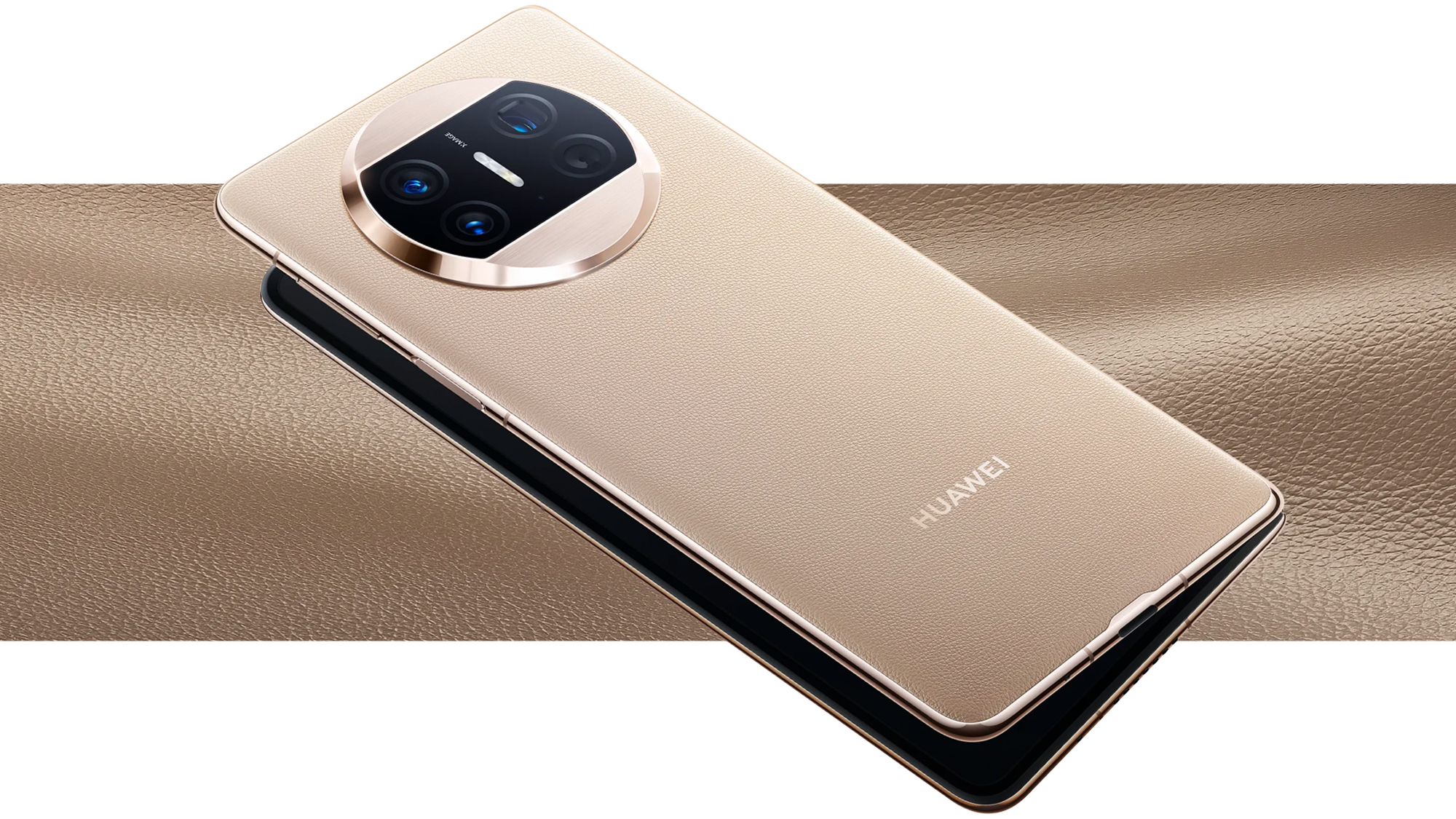
The Huawei Mate X3 comes packing a 4,800mAh lithium-polymer battery, which is a fraction smaller than the P60 & P60 Pro's 4,815mAh cell.
While we've not gone hands-on to test how long it'll last, we do know that it supports 66W fast charging through a wired connection or up to 50W wirelessly.
Once the battery hits 1%, Low-Battery Emergency Mode can eke out 12 minutes of call time, or three hours of standby – something you'll never want to use, but it's good to have it there.
There's reverse charging, too, with 7.5W wireless power output to charge other devices.
Huawei Mate X3: specs and features
While there are a trio of P60 devices, outside of storage options, the Huawei Mate X3 comes in just one flavor; including a Qualcomm Snapdragon 8 Plus Gen 1 chipset.
It's the same silicon found in the P60, with the 4nm chip paired with 12GB of RAM. Sadly, that means that there's no 5G connectivity here, which may be a deal-breaker for those looking for the fastest connection.
That chip suggests similar power to the Samsung Galaxy Z Flip 4 or the Realme GT 3, neither of which is any slouch.
Here's the full spec breakdown across models:
The HarmonyOS 3.1 release come preloaded on Chinese versions of the Huawei Mate X3, but it appears the international version will offer EMUI.
That means that – regardless of which version you buy – you'll be missing the Google Play Store and associated Google services.
The China variant maintains the Mate 50's BDS Satellite connectivity for messaging and calls, primarily intended for emergency situations. It's not currently an option internationally, however.
We'll be eagerly awaiting more information to update this page with in the coming days leading up to ints international release, and we're looking forward to seeing how the Huawei Mate X3 stacks up against the best Huawei phones available today.
